Lexus explains… is a series designed to explain features, technologies and user questions related to modern vehicles. Each article provides clear, jargon-free answers, helpful tips and resources, as well as Lexus products or services that can help along the way. This article aims to demystify some of the questions surrounding electric vehicle range.
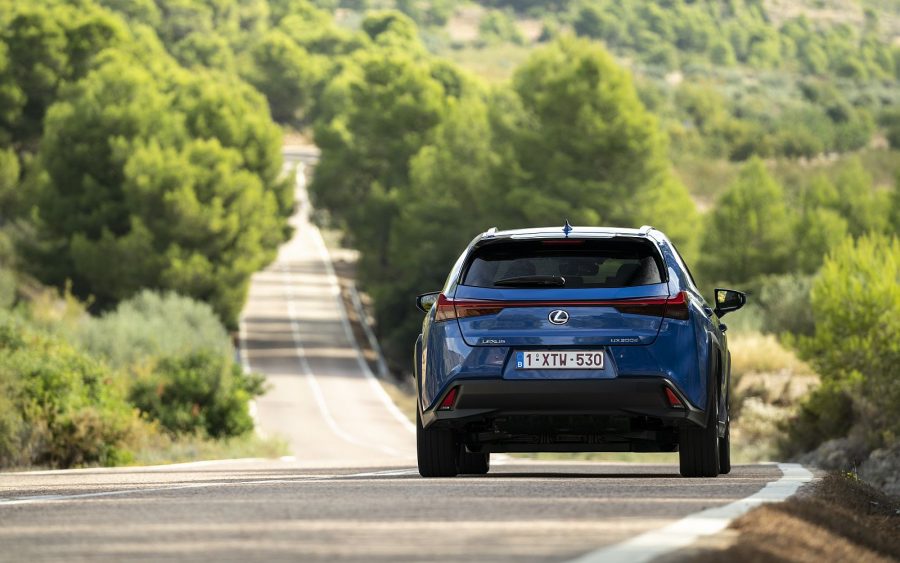
Electric vehicle range: context
The range of a vehicle can be defined as the distance it can travel before its energy source is exhausted. It is important to remember that every vehicle, irrespective of how it is fuelled or powered, has a range; and it is possible to increase that range by replenishing its energy source.
Drivers should always be somewhat aware of their vehicle’s range while travelling. But the term range anxiety has become particularly associated with drivers of electric vehicles (EVs). It stems from their concern that “the battery will run out of power before the destination or a suitable charging point is reached” (Oxford Languages).
It is true that most early mass market EVs offered smaller ranges than combustion engine equivalents, and it is likely that the modest range of these vehicles prompted a degree of concern within the driver’s mind. But is it fair to remain anxious about the range of modern EVs? Or has the indicative range and fast charging times of models such as the all-new Lexus RZ put such concerns to rest?
See what you think as we address the following FAQs –
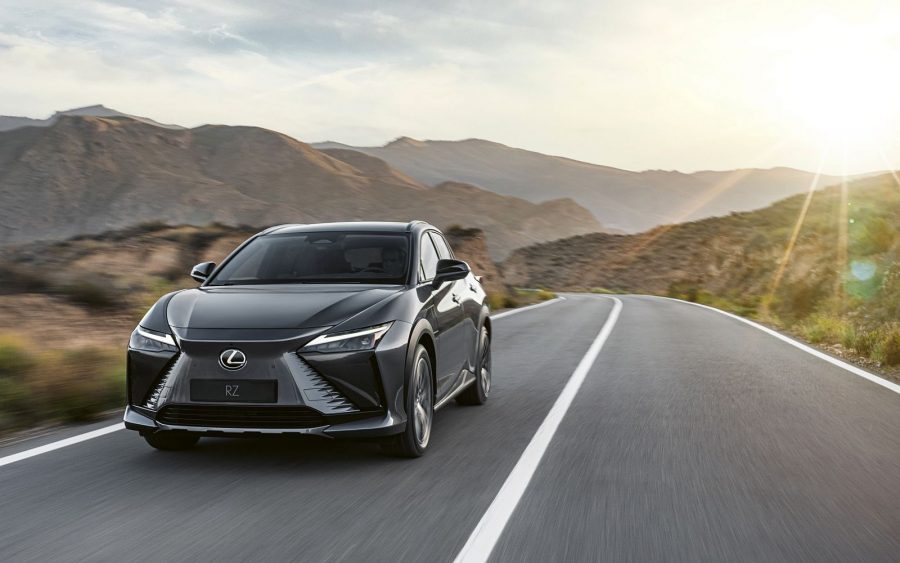
Question: How many miles can you get from a full charge?
⦁ Probably more than you think or need on a daily basis. Given that the average commuting distance in the UK is a round trip of approximately 23 miles, an entire week’s worth of travel should be comfortably within the range of most modern EVs. Using that standard, the Lexus UX 300e could complete a five-day commute and still have 80 miles to spare for the weekend
⦁ Modern EVs usually offer a range of between 150-300 miles, which should fulfil the needs of both commuters and social drivers. Putting that into context, a 200-mile range is enough to get you from Bristol to Leeds, or from London to Swansea
⦁ Drivers need not feel unduly limited by the range of their EV. As discussed in our Electric Vehicle Charging article, there are almost four times as many public charging points in the UK than traditional fuel stations. So you are never far from an opportunity to top-up on route
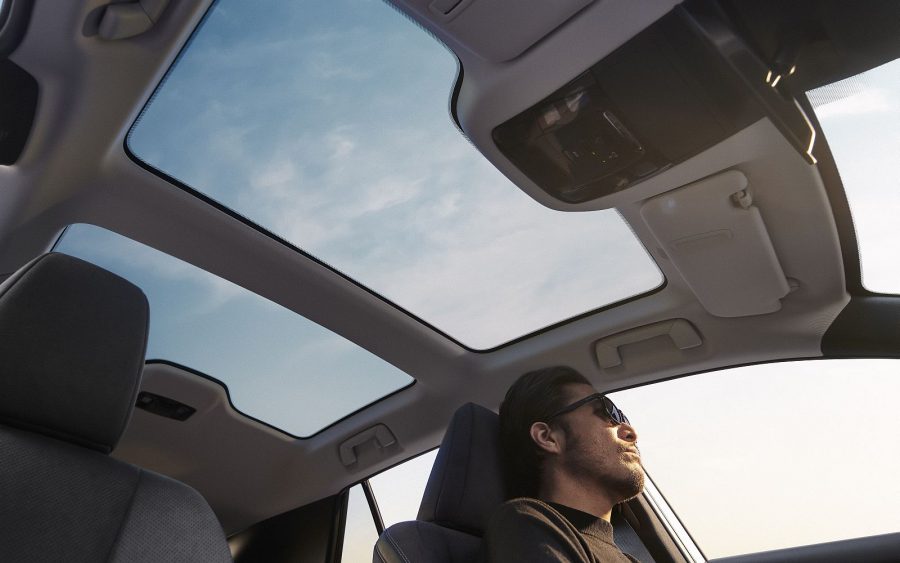
Question: Which factors affect EV range?
⦁ Temperature. EV batteries produce power through physical and chemical reactions, and the efficiencies of these reactions are negatively affected by cold weather. This results in reduced battery capacity and, in turn, a lower range
⦁ Speed. It takes more effort for an EV to reach and maintain higher speeds than it does to achieve and maintain lower speeds. This means that an EV will use proportionally more energy on the motorway than around town
⦁ Terrain. More energy is required to pull any vehicle up a hill than to coast along on the flat. However, when it comes to going downhill, EVs offer a distinct advantage over ICE cars; they actively recoup energy because the electric motors turn into generators that recharge the vehicle’s battery pack
⦁ Driving style. Smooth and gentle driving is always more efficient than an aggressive, pedal-to-the-metal driving style. Admittedly, experiencing the instant torque of an EV from a standing start can be entertaining but it will also accelerate your power consumption
⦁ Battery condition. Batteries tend to naturally deteriorate over time, which usually means that they cannot hold the same volume of charge as they did when new. Modern battery technology has reduced this effect to the point where the decline is usually imperceptible. For example, Lexus expects the new RZ’s battery to retain more than 90% of its original capacity after ten years of driving

Electric vehicle range: top tips for maximising your range
⦁ Make a conscious effort to drive as smoothly as possible, while trying to anticipate the geography of the road ahead and the movement of traffic in order to conserve your EV’s hard-earned momentum
⦁ The relationship between efficiency and speed is not linear; the energy it takes to propel a car through the air increases exponentially the faster you drive. For example, a distance that is covered at 70mph will consume around 30% more energy than the same distance covered at 50mph
⦁ Make the most of your EV’s regenerative braking system to help top-up the batteries while on the move. It’s free energy!
⦁ Battery health is optimised by trying to maintain your EV’s level of charge between 20-80% – neither empty or full. This is good practice and will condition your battery so that it can accept a full charge and deliver maximum range when needed
⦁ Plan ahead on longer journeys by using the Lexus Charging Network or Zap Map to identify public charge points that are safely within your vehicle’s range
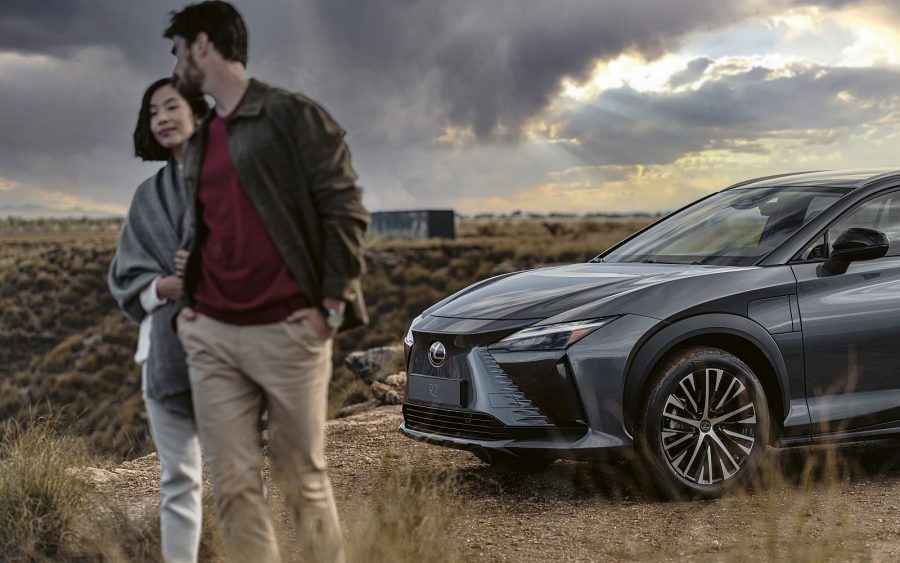
Electric vehicle range: conclusion
While some drivers have become fixated on the issue of EV range, it must not escape our notice that all vehicles have a maximum range. We have been coordinating our mobility around this fact since the day we passed our driving test, and the methods that we can employ to maximise the range of an EV are much the same as those for any vehicle with an internal combustion engine.
Most modern EVs have sufficient range to handle 99% of the journeys we make without needing to stop and be recharged. But if you need to go the extra mile (or miles) then you can always pause at one of the 32,000+ public charging points dotted throughout the UK.
Read more: Lexus explains – electric vehicle charging
Read more: Lexus explains – electric vehicle costs
Read more: Lexus explains – electric vehicle safety
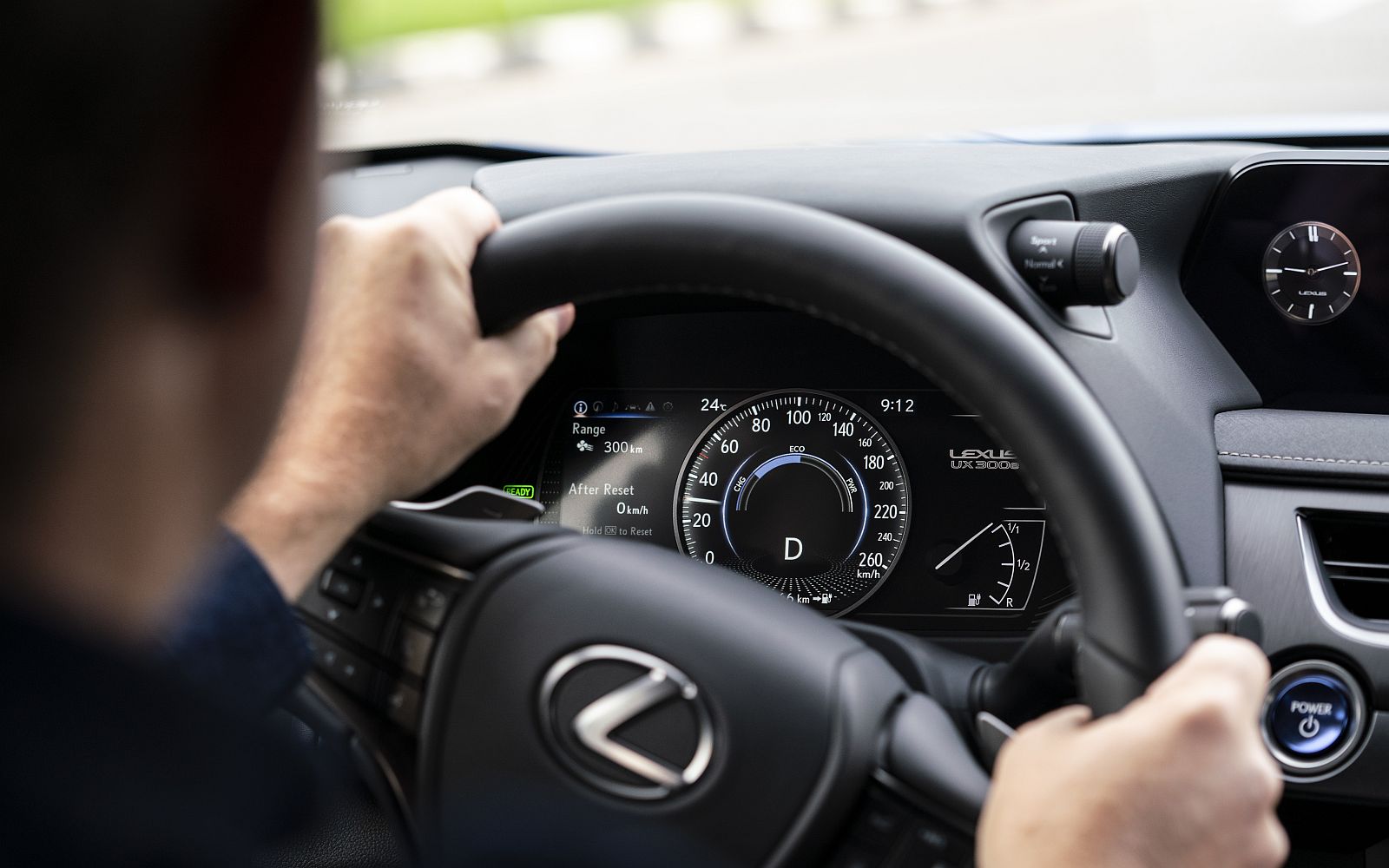
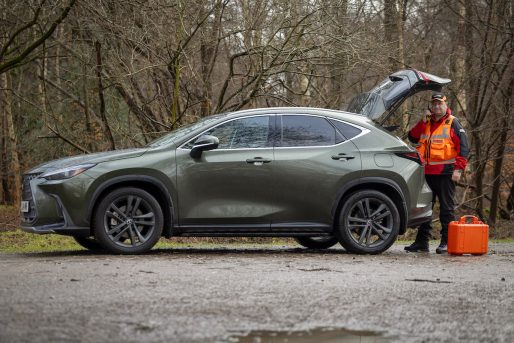
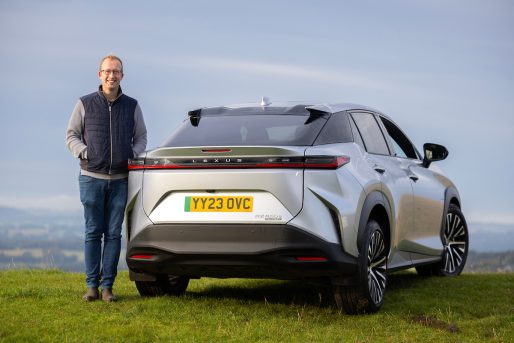
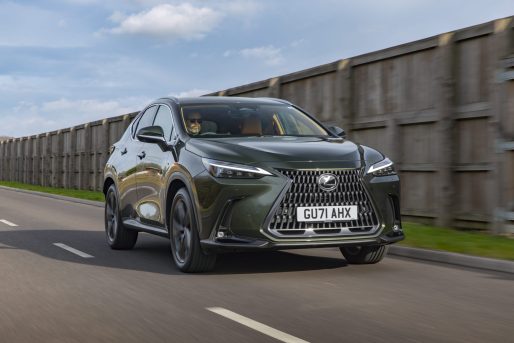
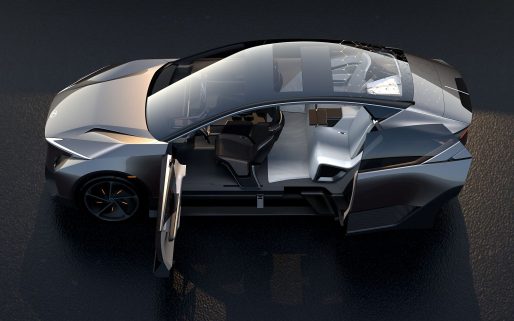
Why cannot an EV BE CHARGED ON A STANDARD 13 AMP CIRCUIT
Why cannot a EV be charged without an expensive charging station at the residence travelled to where there is no EV?
Why is it necessary to install charging equipment at all.
Surely the car could be sold with a cable and kit to enable the vehicle to be charged via standard 13 amp sockets..
I do not think salesmen understand the often difficulties experienced by potential customers of EV`s in connecting kit to circuit boards.
In my case I cancelled an order due the costs and distances involved.
Hello Barrie,
Thanks for your comment.
Our EVs can be charged on a 13A domestic socket.
For reference, the UX 300e can be charged from empty to full using a 13A domestic socket with a 2.2kW charging rate in around 25 hours.
More here – https://mag.lexus.co.uk/electric-vehicle-charging-lexus-explains/.
Thanks.
It’s common sense isn’t. At work we manufacture EV chargers so I am well up on the specifications and how far you can drive etc but when I explain to friends and relatives that on average you will charge your car only 2 or 3 times a month to go to work they always come back with. OK but when I go to see friends once or twice a year I will have to charge my car. This can be planned ahead for when you stop for a comfort break and a coffee. You do this now with your current car, so what is the hassle? When can I get an RZ?
Hello Mark,
Thanks for your comment.
You can pre-order the RZ here – https://www.lexus.co.uk/new-cars/rz/pre-order.
Please let us know if there is anything else we can do to assist you.
Thanks.
YOU’ve never actually said what mileage you can get on a full charge. 200 miles? 300 miles? Tell me the truth!
Hello Ian,
Which vehicle are you referring to please?
Thanks.
You haven’t answered the question: how many miles can you get from a full charge? 150-300 miles is hardly an answer!
At a cruising speed of 70 mph on a motorway, what would be the expected range of a Lexus EV, as this is the driving situation that is most likely to lead to “range anxiety”?
Hello Clive,
Unfortunately, this is not a figure that we have access to.
Thanks.
Dear Lexus, you must know that most of us who buy a new Lexus are intelligent and successful. We are used to spotting obfuscation and deliberate attempts to avoid providing information essential to making the right decision on a large expense. In that context, I found your response to the question ‘At a cruising speed of 70 mph on a motorway, what would be the expected range of a Lexus EV?’ utterly unbelievable. Your reply of ‘Unfortunately, this is not a figure that we have access to.’ is totally outrageous and it tells me that, after many thousands of hours of testing, the figures simply don’t stack up against hybrid or even conventional vehicles. The ‘Range’ question is asked more than any other and you have avoided it with weasel words every single time. Stop ducking and diving and be honest with your existing and potential customers.
Hello Roger, thanks for your comment.
We completely understand your frustration.
The reason we are unable to give this information is because it relies on many different external factors which can affect range. For example, whether the heaters are on or off, the outside temperature, the driving style, the number of passengers in the vehicle, any additional vehicle accessories, and the weight of luggage amongst many more.
For that reason, we wouldn’t like to give an inaccurate answer that may lead to confusion or disappointment.
Hope this helps.
Thanks.
So in winter what range would you expect a stated 200 mile ev vehicle achieve with lights and heater on and travelling at 70 mph achieve
Hello Ken,
Thanks for your comment.
We do not have any range data for these given circumstances.
Thanks.
Think I’ll stick to hybrid until hydrogen engines are available, thank you.
This article ignores the fact that many Lexus drivers will want to take their EV across the channel any want to drive down to the South of France or the Alps., or elsewhere in Europe and might want to do as much as 600 miles in a day. Charging time then becomes an issue, lengthening the journey time significantly and what about the availability of charging points on European Motorways?
Not convinced. Non-charging hybrid is better, eg. Lexus LS 600
Why?
Thank you for the in the info. I am really looking forward to seeing the new RZ.
Hello Kevin,
Thanks for your comment.
Take a look at the new RZ here – https://www.lexus.co.uk/new-cars/rz/announcement.
Thanks.
For home charging what size of supply is recommended (kw)
Hello Fred,
Thanks for your comment.
You can find more on this here – https://www.lexus.co.uk/electric-cars/home-charging.
Thanks.